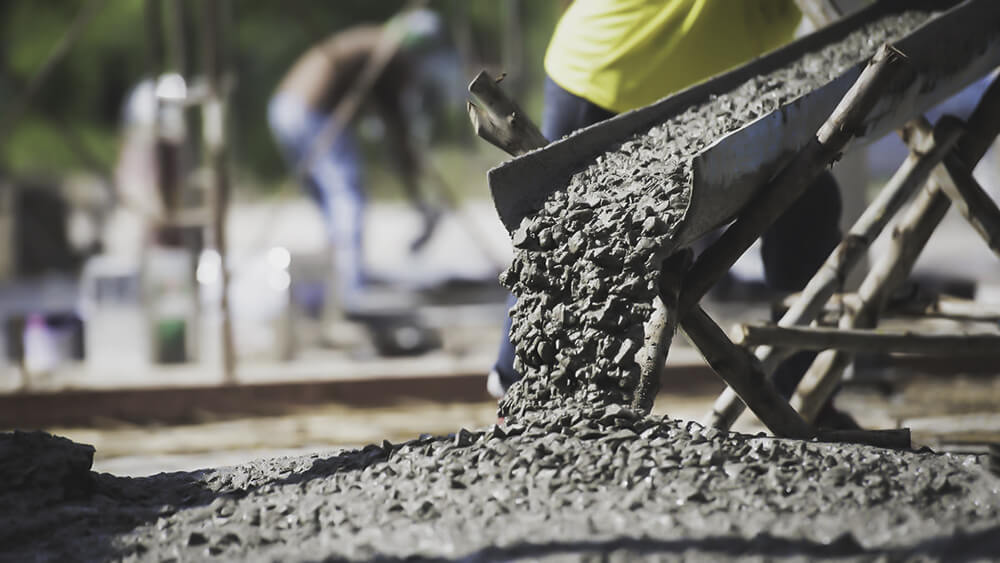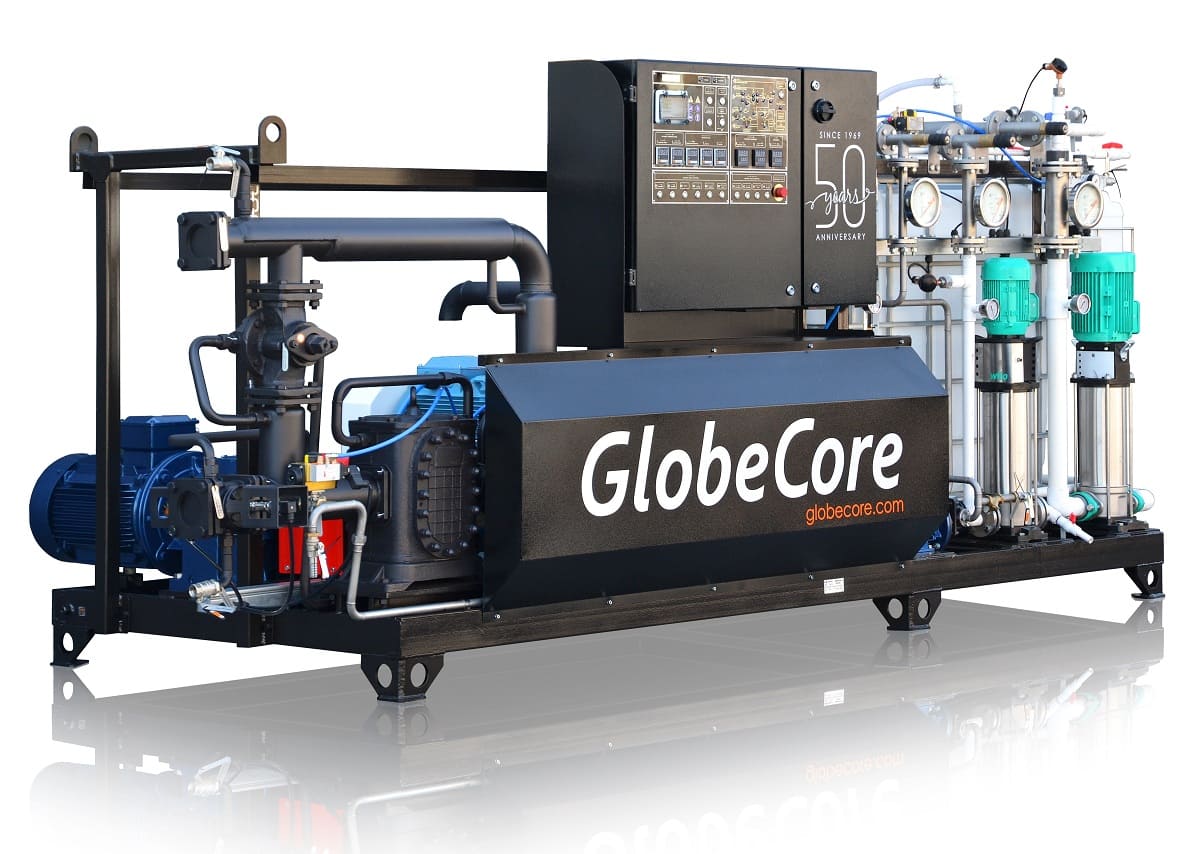Laying of asphalt surfaces during road repair and construction uses bituminous binders. Bitumen at normal temperatures is a solid or viscous substance. The use of bitumen in this state is impossible, therefore, it is modified in various ways to improve its physicochemical characteristics.
Bitumen heated to 100-200°C is used in the preparation of asphalt mixtures. It is also kept at certain temperature during transportation and storage, but there are also bituminous mineral mixtures that are stored cold and heated only during asphalt preparation. Hot-mix bitumen can be used as a prime and tack coats for pavements.
Another method of bitumen modification is diluting it with solvents of petroleum distillate such as kerosene, gasoline, diesel fuel, oil, etc.
Mixing bitumen with an aqueous solution and emulsifier obtains a liquid material with high adhesion properties.
This “diluted” bitumen is often used in construction and maintenance of road surfaces. Let’s consider why exactly asphalt emulsion is better than hot bitumen.
Advantages of using asphalt emulsion in road construction and paving
Bitumen in the form of an emulsion has the following characteristics:
- provides complete adhesion to a base layer;
- evenly distributes and sets over the entire applied area;
- retains adhesive properties in wet conditions;
- changes the technical and physical characteristics depending on the area of work;
- preserves a stable liquid state at ambient temperatures (20-30 C);
- safe to use at high temperatures (from 30 to 70 C);
- protects the upper layers of road surface from the harmful effects of aqueous and water-salt solutions.
Using asphalt emulsions during maintenance, repair and construction of road surfaces
Asphalt emulsion is widely used in the road construction industry. Let’s consider its basic applications as a liquid binder:
- laying, patching and repairing of asphalt pavement;
- surfacing of roads and coating of highways;
- maintenance and restoration of damaged pavement.
Asphalt emulsion are used in the following road works:
- prime and tack coats;
- waterproof layer (including worn-out surfaces);
- sand adhesion;
- bonding of upper layers of coating;
- filling cracks and resealing the surface;
- patching potholes by spray-t injection patching.
It should be noted that asphalt emulsion can also be effective in the construction of cement-concrete coatings, increasing their frost resistance, crack resistance and waterproofing building material.
Components of asphalt emulsion
The main components of asphalt emulsions are bitumen and water. The percentage of bitumen varies from 30 to 70%, and water – within 15-70%. An emulsifier ranges from 0.15 to 3%, acid – 0.5 -3% and a stabilizer (in some cases) – 0.05 – 0.5%.
The basic component of asphalt emulsion is asphalt, although often to enhance the physico-chemical properties of the final product, asphalt is mixed with polymer additives (PBB-polymer-bitumen binder).
An emulsifier is added to asphalt emulsion to prevent breaking. Emulsifiers are a variety of surfactants (surfactants), which dissolve either in one of both elements – water or bitumen, or in both simultaneously. The surfactants soluble only in water are classified as anionic and cationic – forming anionic and cationic asphalt emulsions. Sometimes, various mineral powders act as emulsifiers (clays, sulphates, cement, etc.).
A stabilizer is added only in the manufacture of cationic emulsions. Usually it is a hydrochloric acid (for example, calcium chloride).
An acid in the composition of asphalt emulsion is hydrochloric acid, and less often – acetic acid and orthophosphoric acid.
This way the additives in asphalt emulsions are various modifiers, polymers and diluents.
The role of polymers in improving the properties of bituminous binders
By itself, bitumen has slightly expressed astringent properties and quickly solidifies with a decrease of ambient temperature. Its astringent properties can be improved by introducing polymer additives. The most common polymers are thermoplastic elastomers, as well as crumb rubber.
Asphalt modification with polymers enhances elasticity, adhesion and cohesion, resistance to elevated temperature (including binding at low temperatures). An asphalt emulsion made from polymerized asphalt provides resistance to cracking or shearing of road surfaces.
Although the process of polymerization of bitumen is voluminous and expensive, the modern road facilities can not do without bitumen modification, since only this material can provide a reliable asphalt coating.
Technology and equipment for preparation of asphalt emulsions
Preparation of asphalt emulsion uses equipment with specially designed colloid mills. Emulsion equipment operates in a continuous flow or batch processing.
Equipment with continuous flow processing has output pumps for hot bitumen and an aqueous emulsion (emulsifier dissolves in warm water) that feed the ingredients to the mill. Equipment of continuous flow processing has a semi-automatic or automatic control system.
Asphalt emulsion equipment for batch processing has metering pumps feeding materials into the unit. The liquid phase is prepared in different containers and supplied alternately.
An emulsified water solution prevents the bitumen particles from sticking inside the colloid mill. The best dispersed system is obtained by using bitumen with viscosity below 500 cSt. For such petroleum products, the addition of diluents is typical in the manufacture of asphalt emulsion.
The finished product can be stored for 1 to 3 months.
Asphalt emulsion unit UVB-1 from GlobeCore
GlobeCore produces asphalt emulsion equipment. Depending on the customer needs, the UVB-1 can be used on a small section of the road or large areas of highways.
UBV-1 is a plant that includes several blocks connected by pipelines:
- asphalt emulsion block;
- water phase block;
- control panel.
The asphalt emulsion block consists of a three-stage mixer equipped with a piping system and shut-off valves, a bitumen pump and a rotary mill. The unit is assembled on a frame and equipped with a pneumatic cylinder, pneumatic unit, pressure and temperature sensors.
The water-phase block is enclosed in a pipeline system with indicators for visual monitoring of liquid flow and control valves, control sensors and shut-off valves.
This type of equipment is mainly used in road construction, but anionic emulsions made on UBV-1 are also used for waterproofing of buildings and soft roofing. The equipment can be operated both indoors and outdoors.
The units come in three designs:
- frame-mounted;
- containerized, with an operator space (stationary and mobile);
- container with rolling doors(mobile and stationary).


 USB-2 Bitumen emulsion ...
USB-2 Bitumen emulsion ...